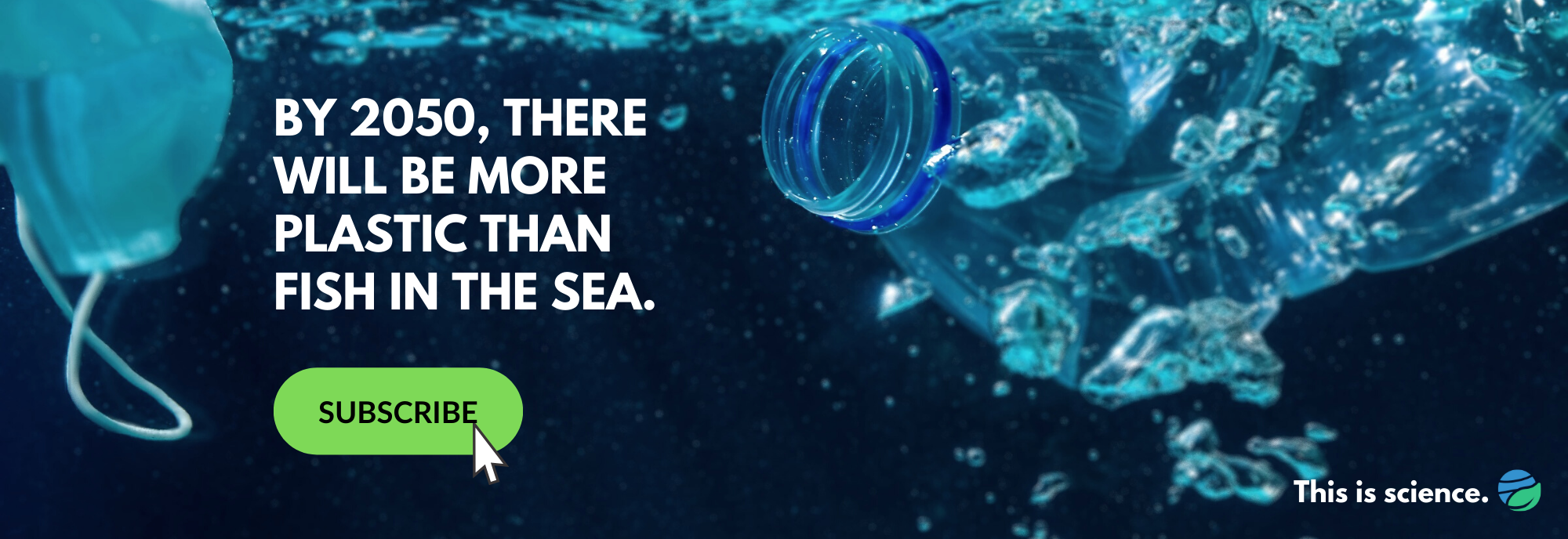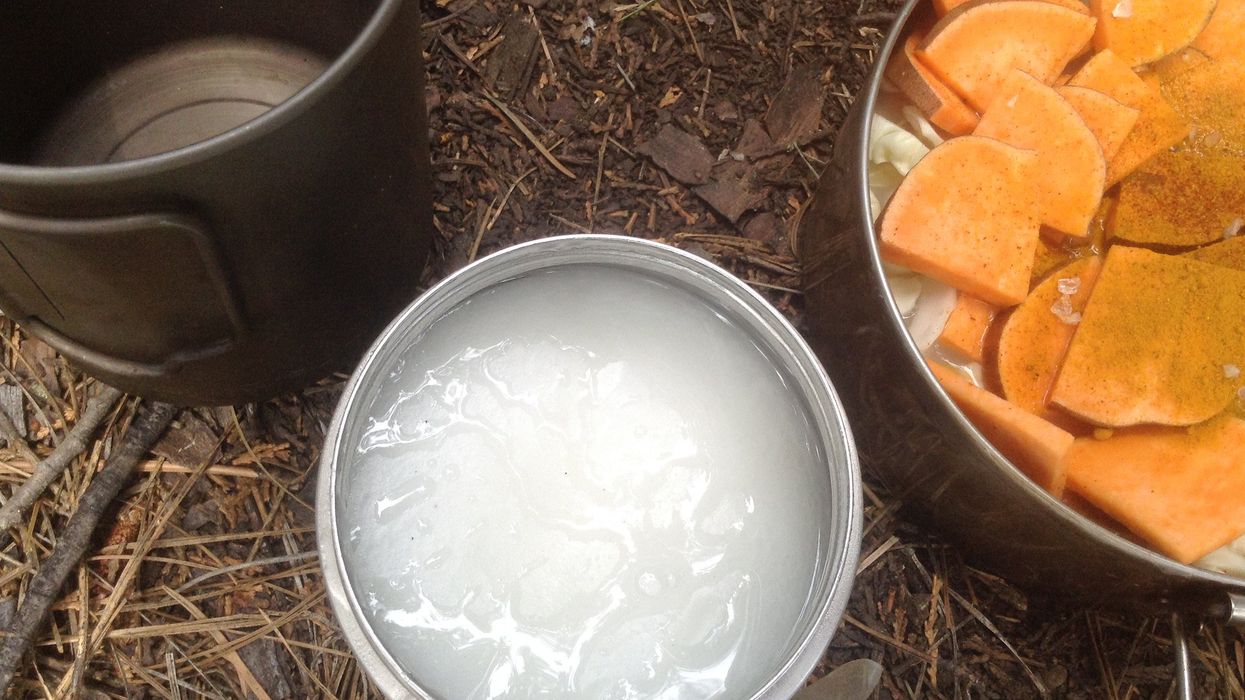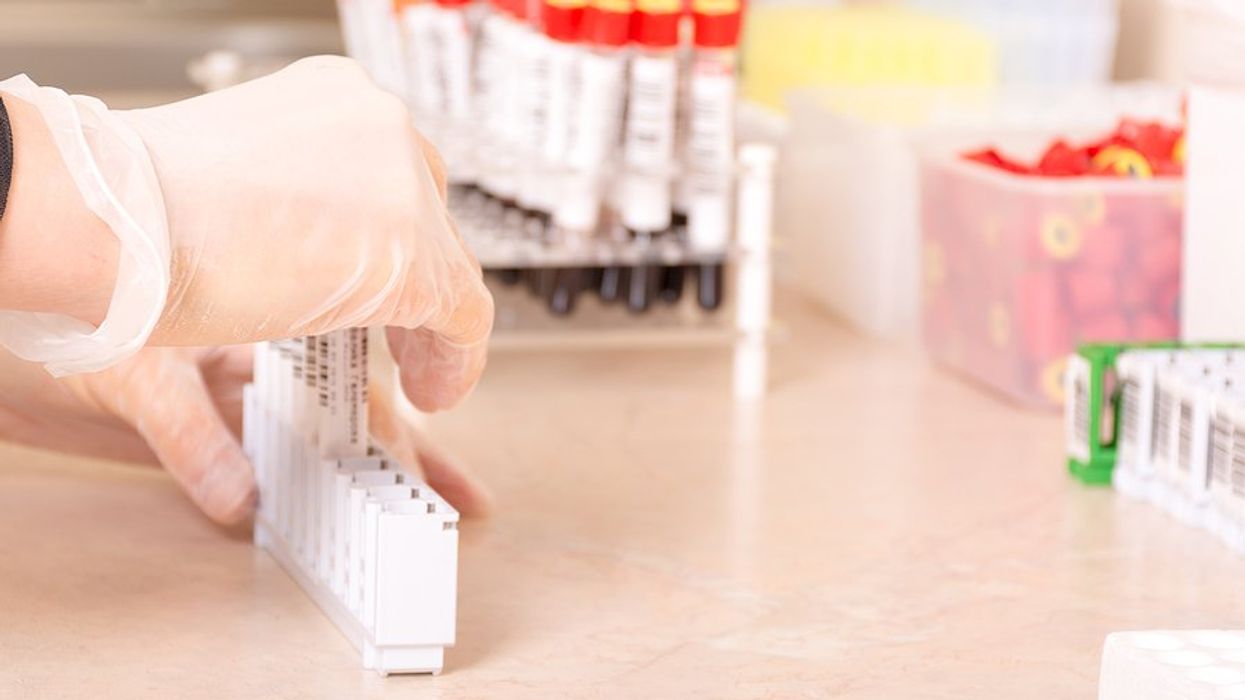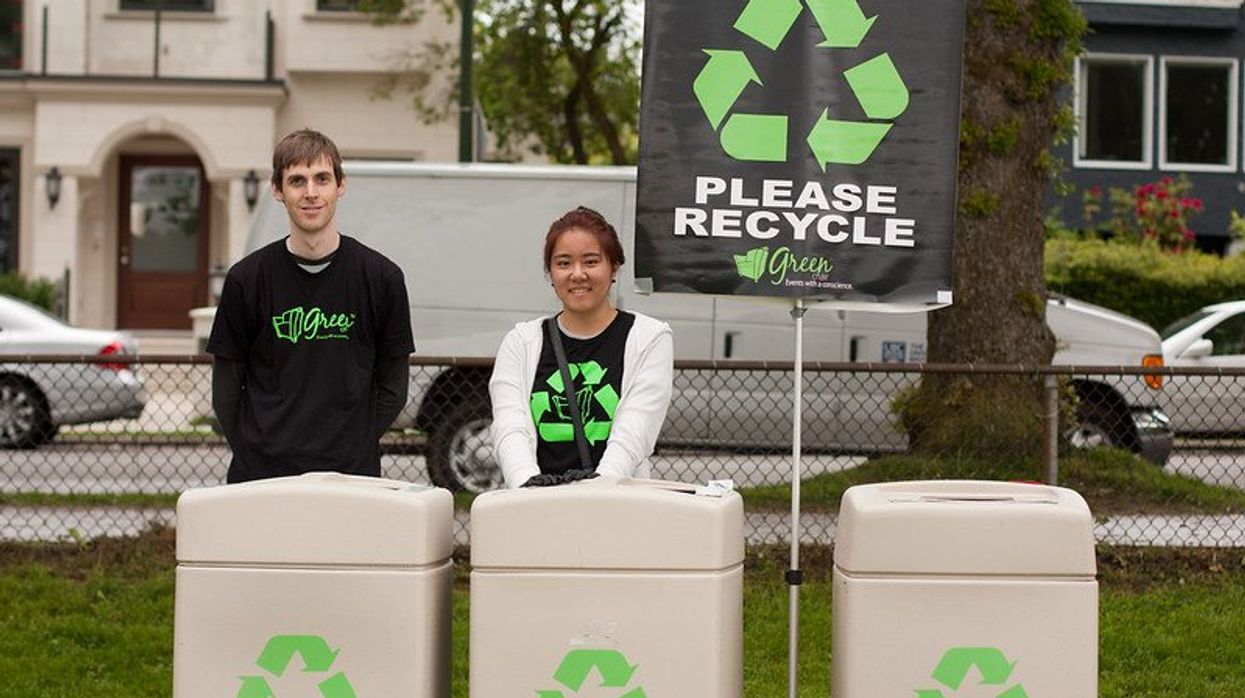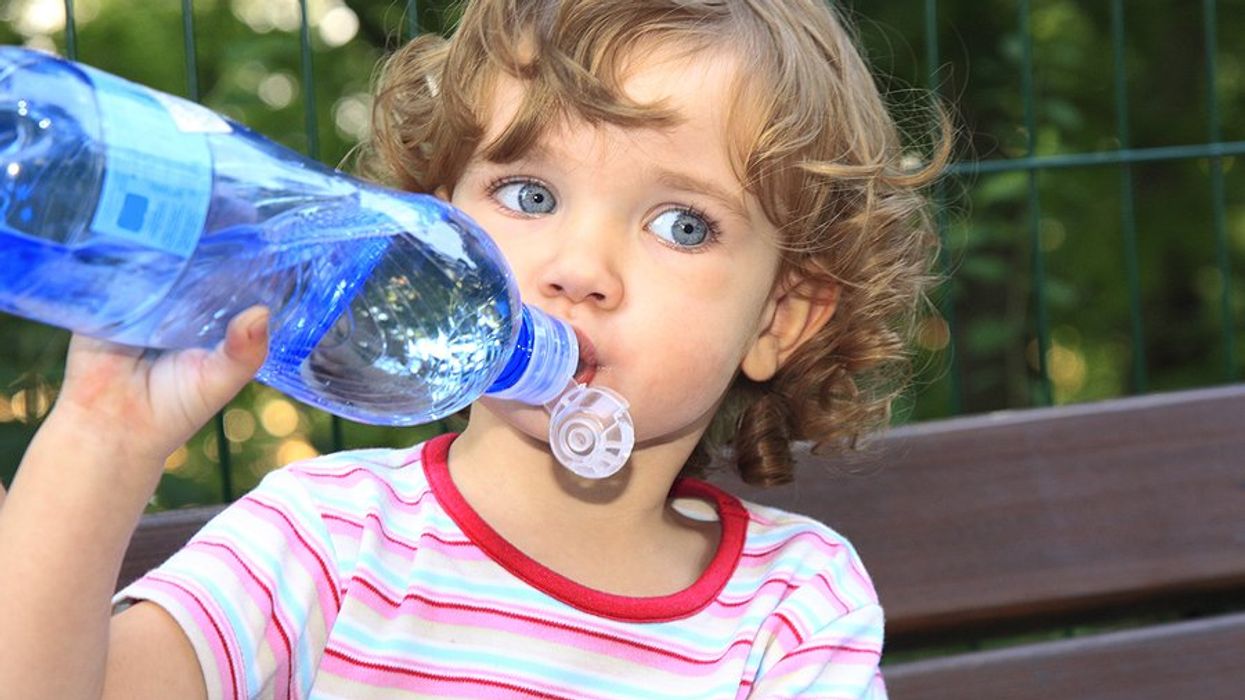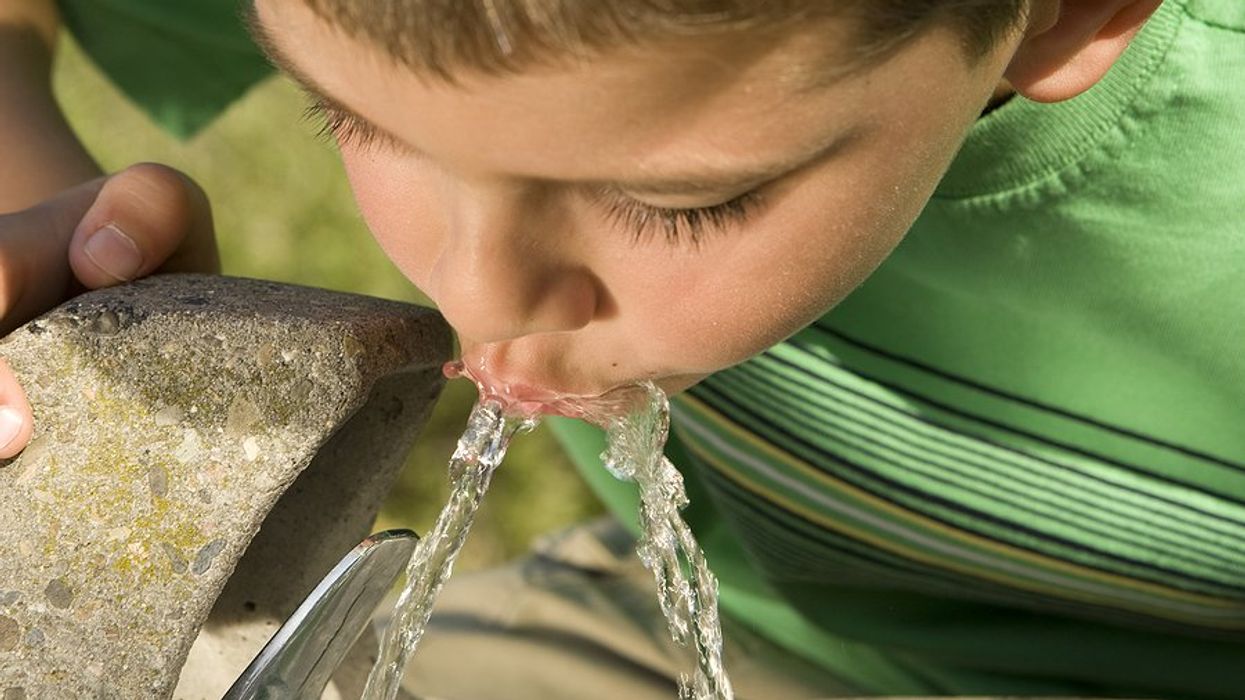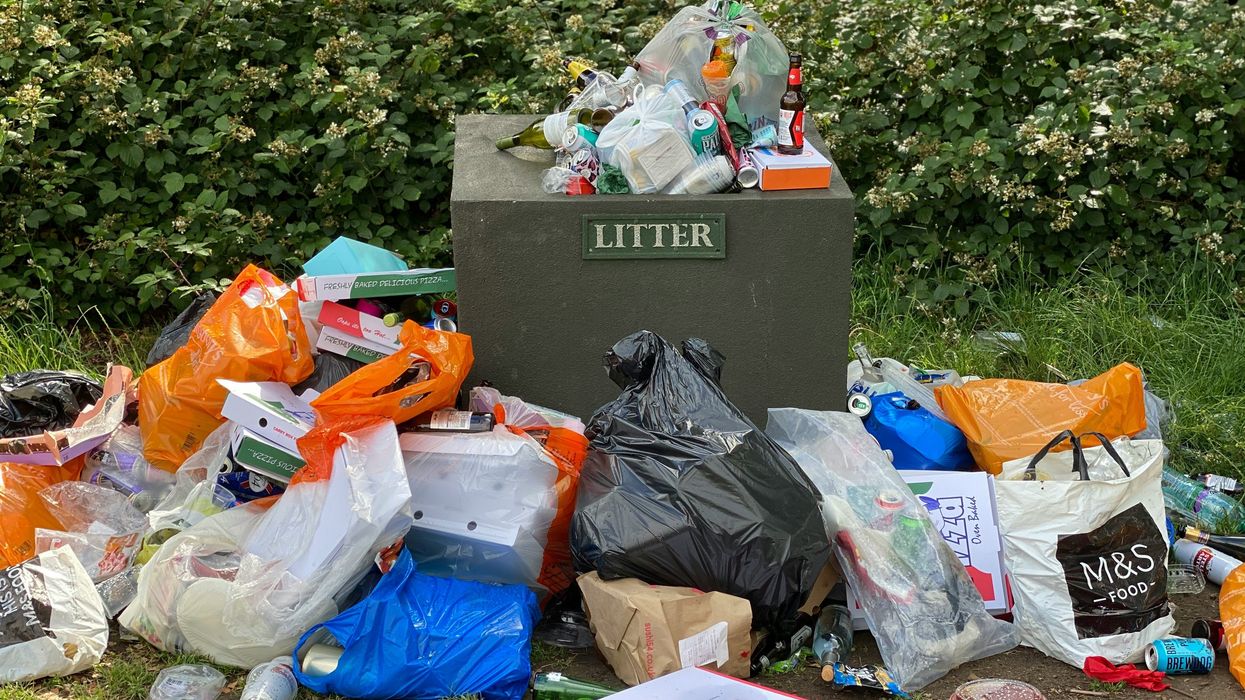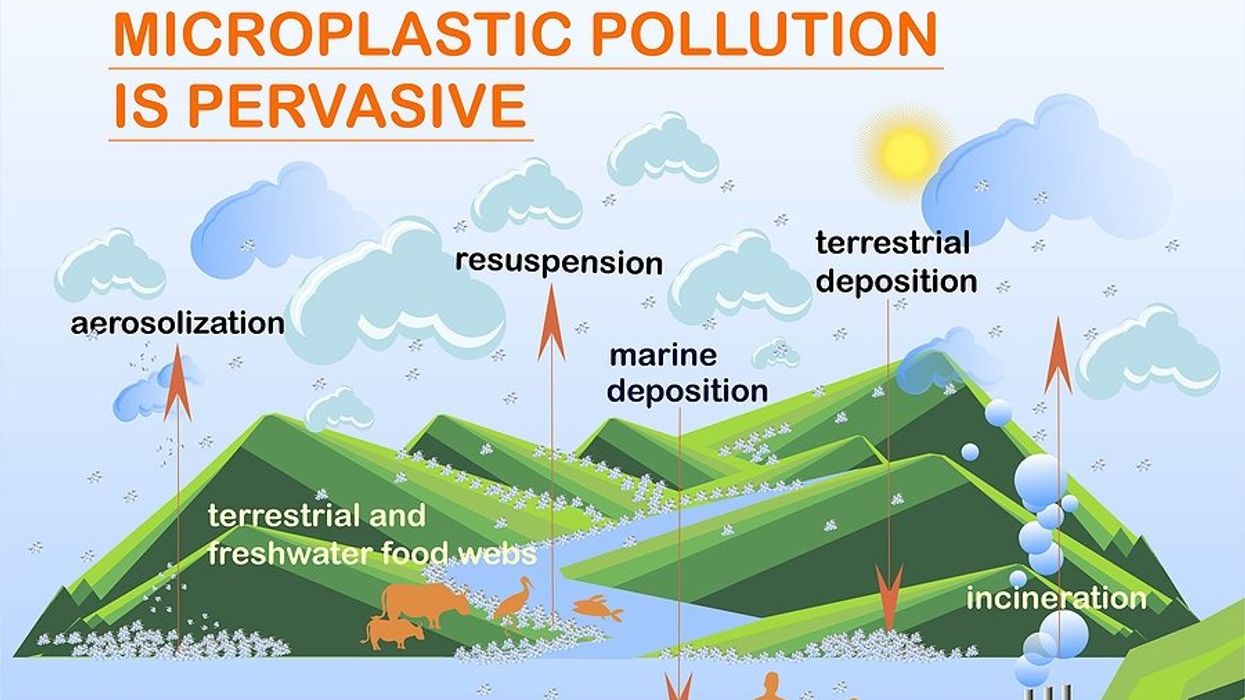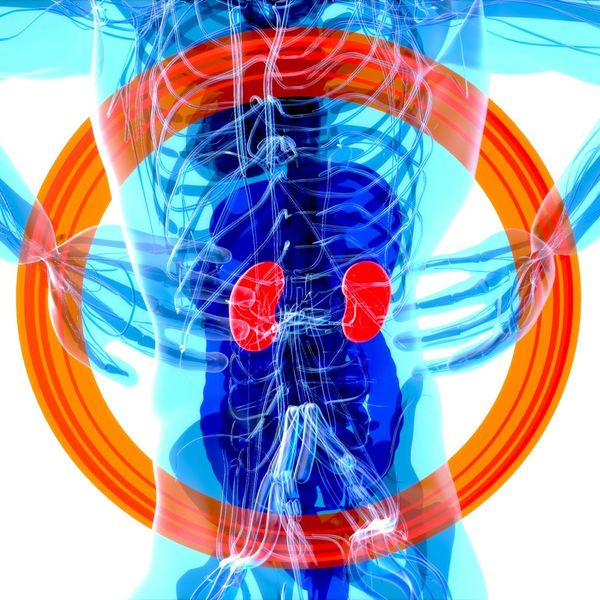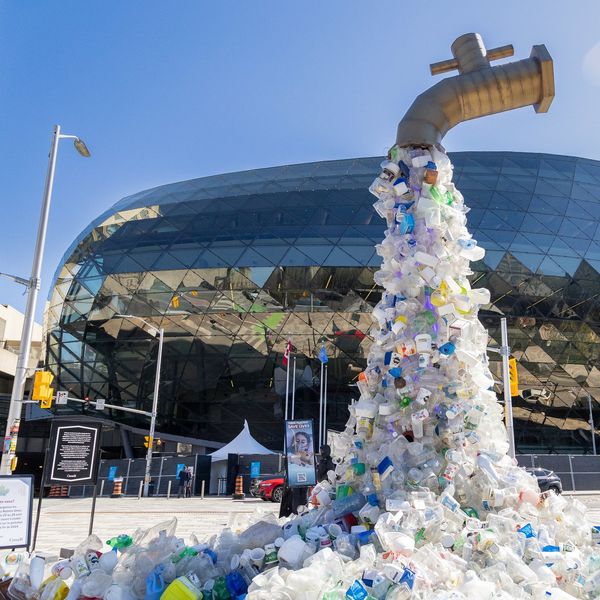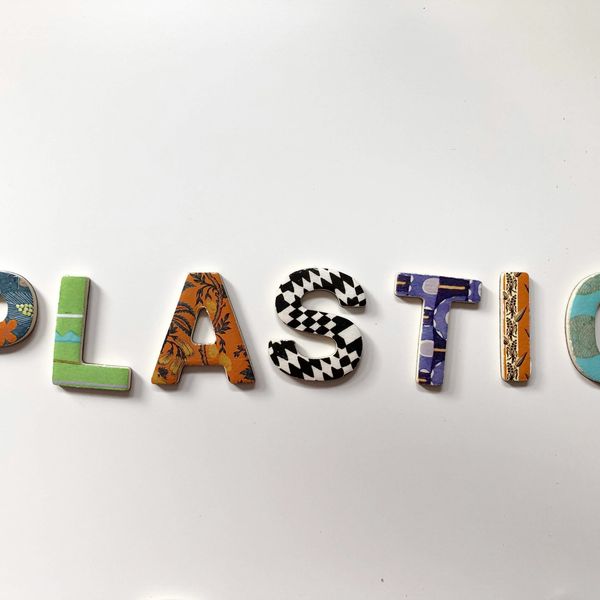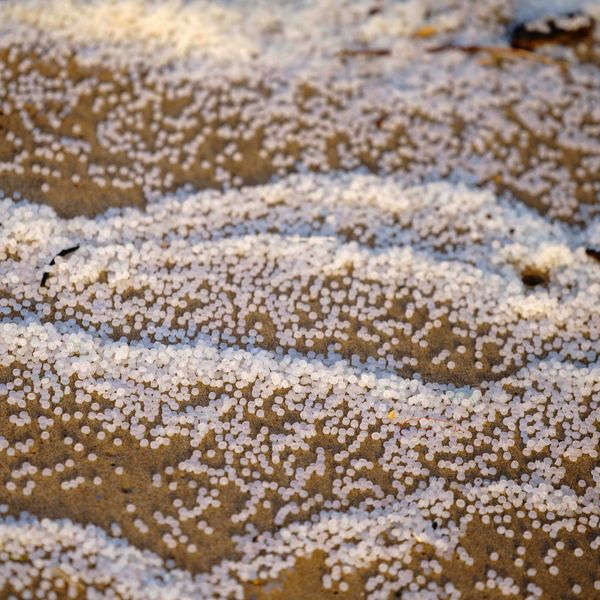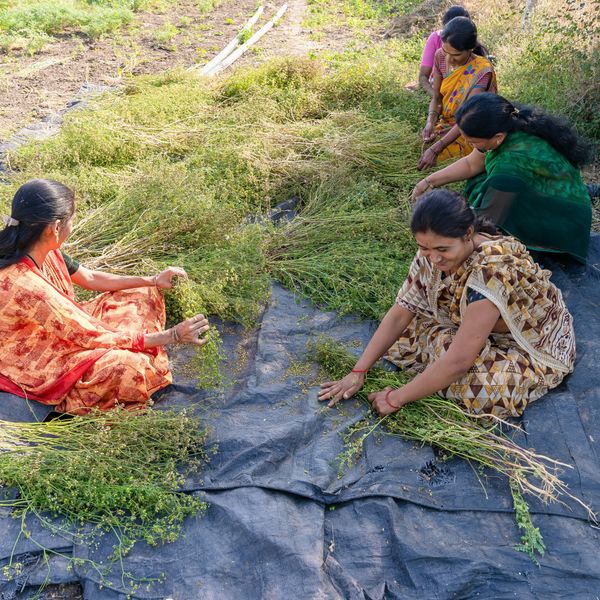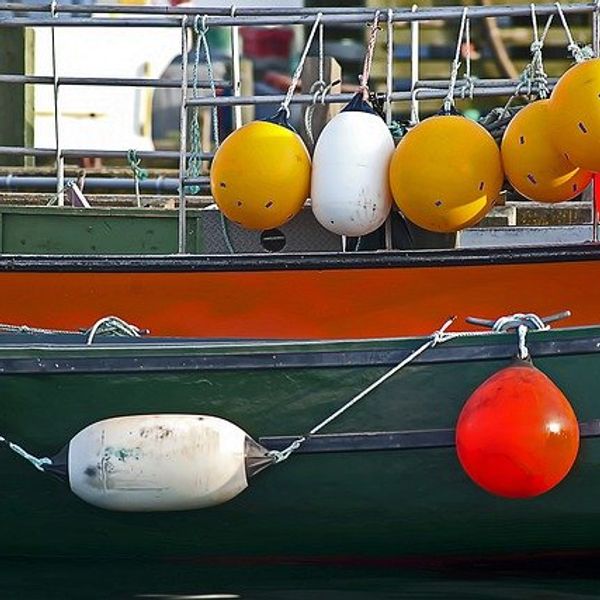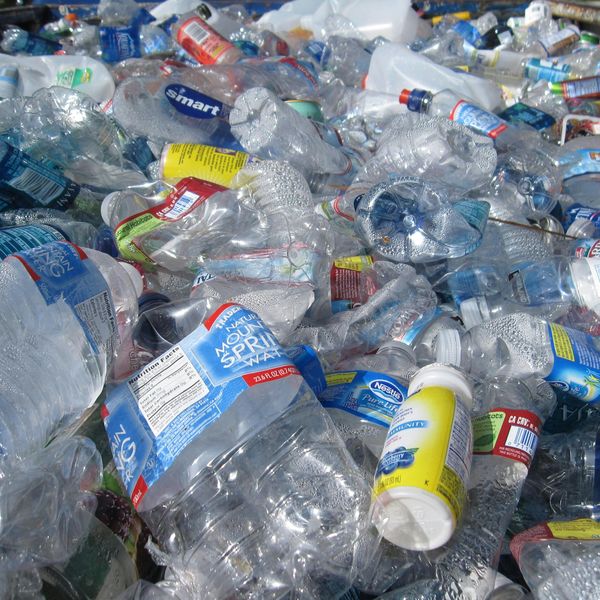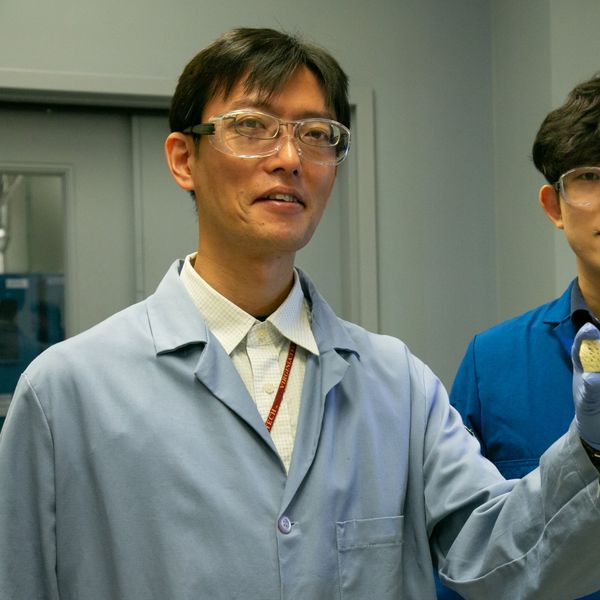Plastic pollution: we all know it's a problem. In 2015, we produced almost 450 million tons of plastic, with that number expected to double by 2050.
Think that it's all managed? Think again: less than 10% is recycled. And every year more than 8 million tons make their way into our oceans.
How much of ocean pollution is plastic?

Credit: Naja Bertolt Jensen/Unsplash
Plastics make up 80% off all marine debris — from what's floating on the surface to deep-sea sediments.
The amount of plastic ending up in our oceans is sobering — by 2050, there is expected to be more plastic pollution than fish, by weight, in the ocean.
Ways plastic gets into the ocean?

Credit: Brian Yurasits/Unsplash
Plastic debris ends up in the ocean in a variety of ways, making the quest to stop plastic pollution much more difficult.
Some of these paths to the water include:
- Litter, including plastic bags, take out containers, packaging, which are swept down storm drains into local waterways, working down rivers into the ocean;
- Plastic products, including litter but also fishing nets, lost or thrown overboard at sea.
- This is not the main culprit: more than 80% of plastic ending up in the ocean comes from land-based activities;
- Illegal dumping or poor waste management of trash on beaches around the globe;
- Microplastics from cosmetic and hygiene products, or clothing in our washing machines going down the drain;
- Industrial byproducts from improperly conducted or managed production processes.
How plastic pollution impacts the ocean

Credit: Heinrich-Böll-Stiftung/flickr
You may have heard of the Great Pacific Garbage Patch: a collection of large and small plastic debris that has accumulated in the Pacific Ocean, corralled by ocean currents and currently covering at least 1.6 million kilometers of the ocean surface.
The patch is overwhelming due to discarded plastics from countries around the Pacific Rim and is a stark visual reminder of the massive problem. It isn't the only one, either. There are plastic patches growing in every one of our oceans.
Additional impacts of ocean plastic pollution:
- Death of marine life
- Many marine animals such as turtles and dolphins mistake plastic fragments for food. Ingesting plastic is often fatal to animals, as the plastic blocks their digestive tract and causes them to starve.
- Many seabirds, seals, turtles, and whales also get entangled in plastic matter and suffocate, drown, or become easier prey for predators.
- Impact on the food chain
- Tests done on some marine species have shown that endocrine-disrupting chemicals in plastic have affected their reproductive systems. For example, oysters impacted by plastic-saturated environments produce less eggs. These tests have raised new questions about the impacts of plastic on our food supply as animals ingest plastic from the first days of life.
- The far reaches of microplastics
- Once plastics enter the sea, sun, wind, and wave activity break them down into smaller and smaller fragments. These fragments, called microplastics, have been found in all corners of the globe, from within Arctic sea ice to the slopes of Mount Everest.
- Microplastics are swept up in the water cycle, returning to land via precipitation and impacting soil quality. Microplastics are also ingested by wildlife, impacting not only their biological systems but also contaminating our food supply.
- Don't miss EHN's recent investigation into microplastics in fishmeal that are contaminating farmed fish.
- The health impacts of ingesting microplastics are still relatively unknown. However, they are chemically active materials and can bind to other compounds that can harm human health.
What can be done about ocean plastic pollution?

Credit: OCG Saving The Ocean/Unsplash
Once in the ocean, it's extremely difficult to retrieve plastics.
Efforts, however, are under way. The Ocean Cleanup is an organization working to develop new technologies that make ocean plastics cleanup possible, with a goal to eliminate 90% of ocean plastic waste.
However, once the debris breaks down into microplastics, recovery is virtually impossible.
So what can be done?
The most impactful solution is to stop plastic waste from entering our oceans in the first place. This is easier said than done, and has a lot more to do with national and corporate practices than the individual. Improved waste management systems, recycling processes, and the reduction of single-use plastics would play a significant role in pollution reduction.
As an individual, however, you can do your part to make a difference:
- Sign up for EHN's plastic pollution newsletter to stay up to date on the latest on plastic waste.
- Avoid single-use plastics. Use reusable shopping bags, takeout containers, travel mugs, straws.
- Take the Plastic Pollution Coalition pledge to avoid single use plastics.
- Limit your purchasing of plastic products. Most things plastic come in a more natural material — glass food storage containers instead of plastic, bulk foods and toiletries instead of smaller-sized, heavily packaged products, etc.
- Wear clothing made from natural materials such as cotton, linen, or wool. Many microplastics that enter the ocean come from our clothing! Clothing made with synthetic materials — polyester, nylon — shed microparticles in the wash that then enter our water systems.
- There are now products available to catch microfibers that are shed from your clothing. Do some research on microfiber filters and find a product that fits your lifestyle.
- Clean up around your community! Grab a bag and collect litter from the side of the road, parks, fields, sidewalks, and more. Collecting plastic before it finds its way into a gutter or a body of water is an easy way to help mitigate the pollution.
- Petition for change. If this matters to you (and it should!), let others know. Find like-minded people in your community, speak to local legislators, and/or call your senators and representatives.
- Sign a petition to make your voice heard!
Related coverage
Plastic pollution, explained
Record levels of harmful particles found in Great Lakes fish
""I've been studying microplastics for a long time and this is the study that blew me away."
Nurdlemania: Behind the climate crisis lurks the plastics crisis. Be ready.
A container ship accident off the Sri Lankan coast is a stark reminder of the "other" planetary problem.
Microplastics and algae tangle in the Great Lakes
Algae can catch up to a trillion pieces of microplastics, according to a new study.
Microplastics weathered by water are more likely to infiltrate an animal's cells
A new study finds microplastics exposed to freshwater or saltwater for several weeks are around 10 times more likely to enter the cells of mice compared to pristine particles.
The chemical BPA is widespread on beaches around the world
A threat from above: Plastic rains down on US National Parks and Wilderness areas
New research estimates more than 1,000 tons of microplastic particles, potentially circulating in global atmospheric currents, are deposited at conservation sites each year.
Banner photo: Credit: Tom Mossholder/Unsplash
- Plastic pollution vs a sustainable future - EHN ›
- Americans agree on something: Get single use plastics out of our national parks - EHN ›
- Americans agree on something: Get single use plastics out of our national parks - EHN ›
- THANK YOU for subscribing to Above the Fold! - EHN ›
- Op-Ed: Closing the plastic tap - EHN ›
- Lawsuits against the plastics industry for health and environmental harm could exceed $20 billion by 2030 - EHN ›
- California governor vetoes bill that would require microplastic filters on washing machines - EHN ›
- From poisoning to skin diseases: multiple effects of sargassum on health - EHN ›



